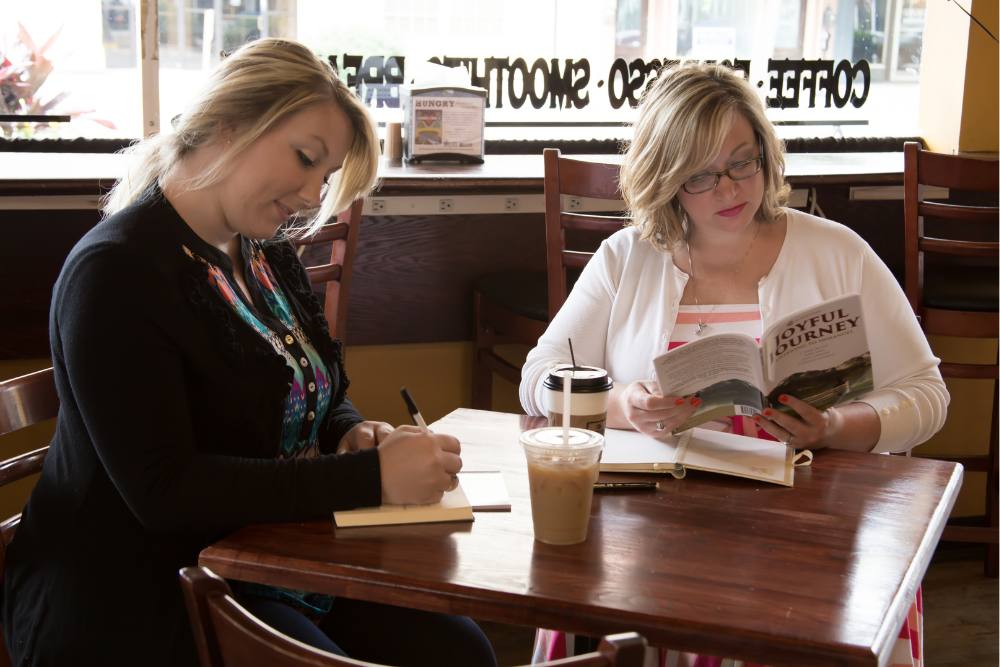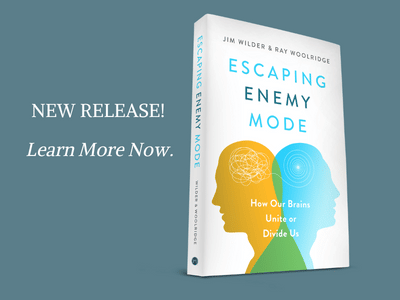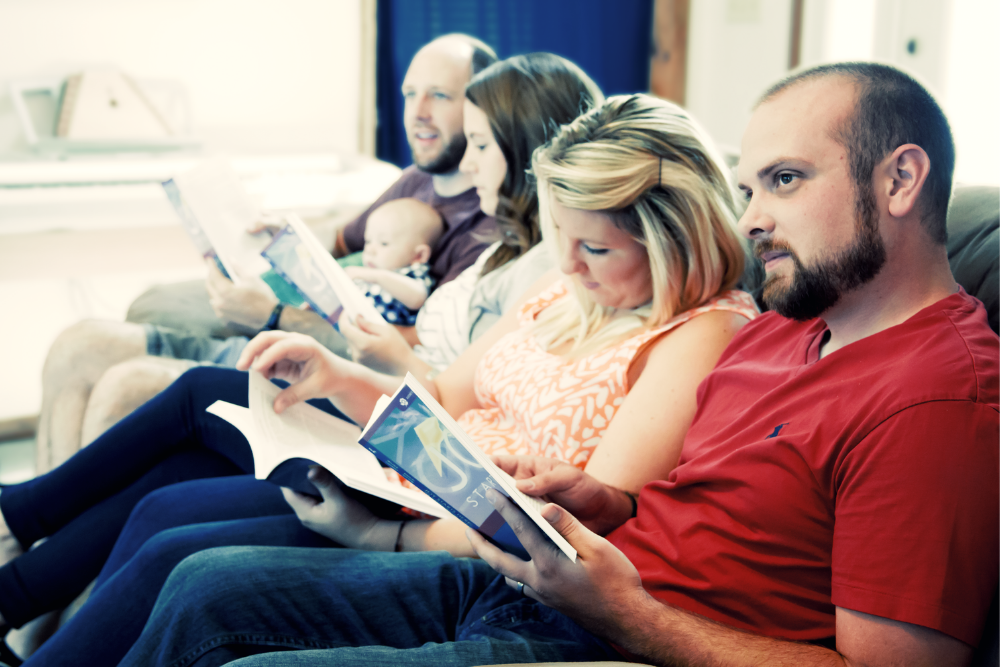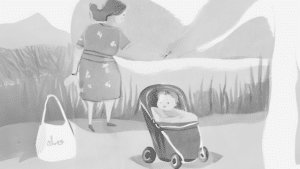We have all encountered people who are running around upset looking for someone who will listen to their problems. We may even do this ourselves from time to time. Because we are waiting on someone else, we stay upset until we can find a good listener to validate our feelings.
Good listeners are somewhat scarce. The extra time it takes to find them is time we are stuck feeling miserable.
Being stuck in a bad feeling is also a sign that we are using only half of our brain. We can validate ourselves, but it requires using our whole brain. This is something that securely attached children learn to do by age two.
What is it the secret two-year-olds know? How can you learn to spend less time being upset without outside help?
Move that Feeling Forward
When we are having an upsetting experience, the brain passes our experience forward towards the front of the brain. However, the front of the brain, or prefrontal regions, are not well developed in babies. If the parents do a fine job of validating and comforting the baby, the baby’s brain soon learns to validate itself. Those who do not learn validation continue to wait for validation to come from others. They might even invalidate themselves by saying things like, “I am so stupid,” “What is wrong with me?” and “I am too thin skinned.”
What a secure two-year learns is how to let the front of their brains validate a feeling, instead of the back of the brain getting lost in the feeling.
How Big is this Feeling?
As adults, there are two ways to validate our feelings. First, we can state how big the feeling feels. Then, we can differentiate between whether the feeling comes from the present moment or if it is a combination of present and past feelings.
In order to validate our feelings, we need to use words or images to state accurately how big the feeling feels. You might say something like:
- “On a scale of 1 to 10 this angry is an 8.”
- “I am more afraid of my supervisor than I was when the bear got in the cabin with me.”
How Old is this Feeling?
If a car swerves in front of us, we will be frightened. If a car swerves in front of us and we reminds us of a difficult car accident, we might have both the feelings from this fright and the previous fright together. For instance, “I was scared by the car that swerved in front of us. It also reminded me of the accident where my father broke his leg and I was nine years old and terrified.”
Without personal, internal validation, our brain reverts to baby solutions. We say mean things to ourselves and wait for the front of someone else’s brain to help us feel better. By accurately validating the size of our feeling, as well as whether the feeling is from the present or a combination of feelings, we begin to move from upset to quiet. We engage the front of our brains and give ourselves a sense of validation we need. We do not need to go looking for someone who can validate us.
There is nothing wrong with honestly sharing our feelings and experiences with others. In fact, such openness is key to meaningful, joyful community. But daily life is filled with ups and downs. Navigating one’s feelings is necessary for maturing towards a thriving life.
Learn More About Navigating Your Feelings with Joy Starts Here!









